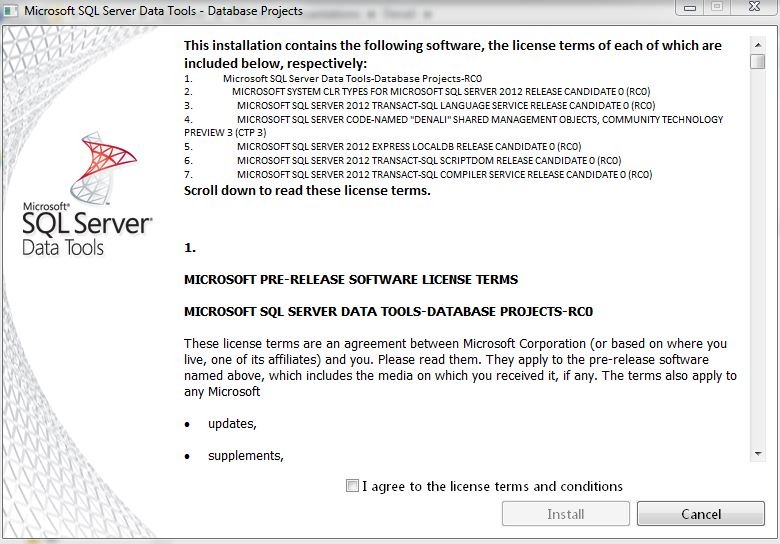


By default, any hotfix that is provided in a SQL Server service pack is included in the next SQL Server service pack. You must apply a SQL Server 2008 Service Pack 1 hotfix to an installation of SQL Server 2008 Service Pack 1. Microsoft SQL Server 2008 hotfixes are created for specific SQL Server service packs. For more information, click the following article number to view the article in the Microsoft Knowledge Base: -ĩ70365The SQL Server 2008 builds that were released after SQL Server 2008 Service Pack 1 was released We recommend that you consider applying the most recent fix release that contains this hotfix. NoteBecause the builds are cumulative, each new fix release contains all the hotfixes and all the security fixes that were included with the previous SQL Server 2008 fix release.
Download sql server 2008 r2 torrent update#
For more information about this cumulative update package, click the following article number to view the article in the Microsoft Knowledge Base: -ĩ79065Cumulative update package 7 for SQL Server 2008 Service Pack 1 The fix for this issue was first released in Cumulative Update 7 for SQL Server 2008 Service Pack 1. Therefore, the unattended installation continues when it should be blocked. This problem occurs because the unattended installation of SQL Server 2008 does not check whether a later version of the same instance name is installed already. Additionally, you cannot uninstall or repair either product. However, the installation corrupts the SQL Server 2008 R2 service, and the SQL Server Database Engine service cannot start. If the specified location for the SQL Server 2008 data folders differs from the location of SQL Server 2008 R2, SQL Server 2008 is installed successfully. represents the path of the system database file.Įven though you receive an error message, the instance of SQL Server 2008 is not corrupted an is fully usable.

2012 SP2 was the first version that allows you to freely use the fully functional version of Management Studio (rather than the stripped-down Express version, which is missing all kinds of things, including the entire SQL Server Agent node) without any licensing requirements whatsoever. represents the name of the system database file. Really you should be using the most recent version of Management Studio. The system database file database_name already exists in path.


 0 kommentar(er)
0 kommentar(er)
